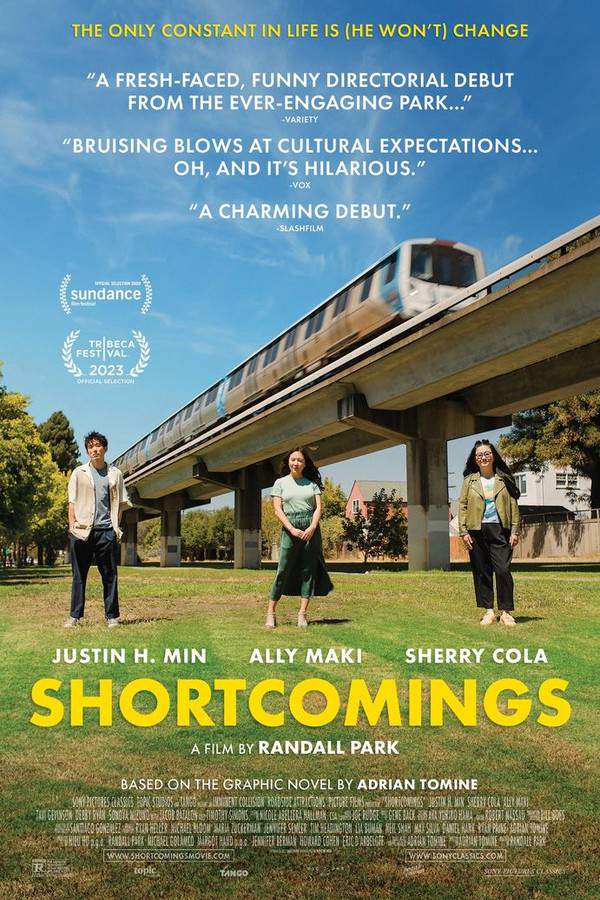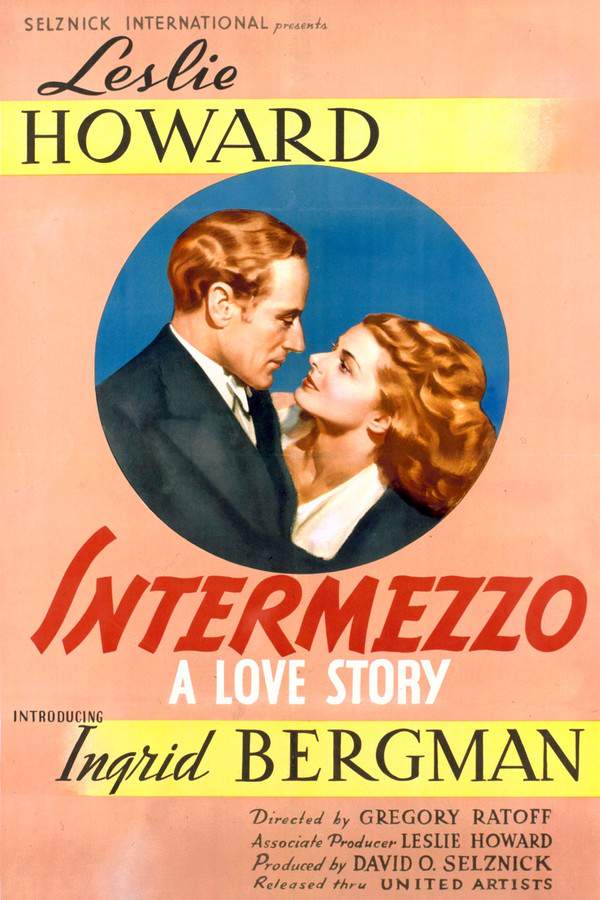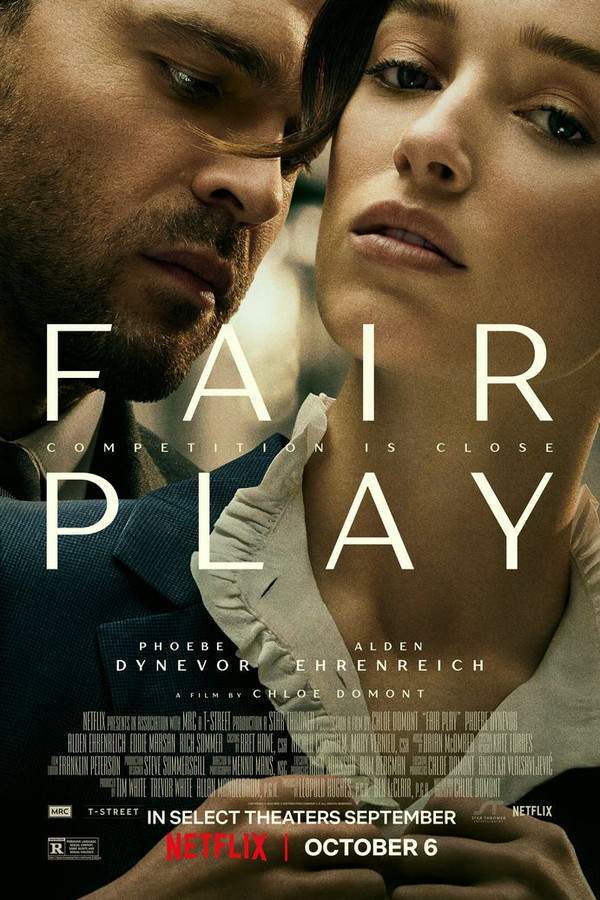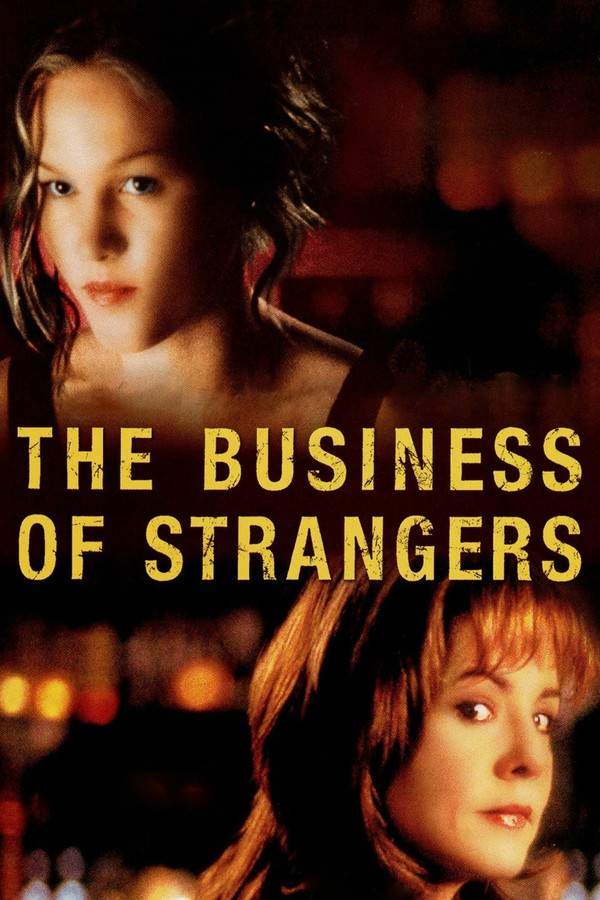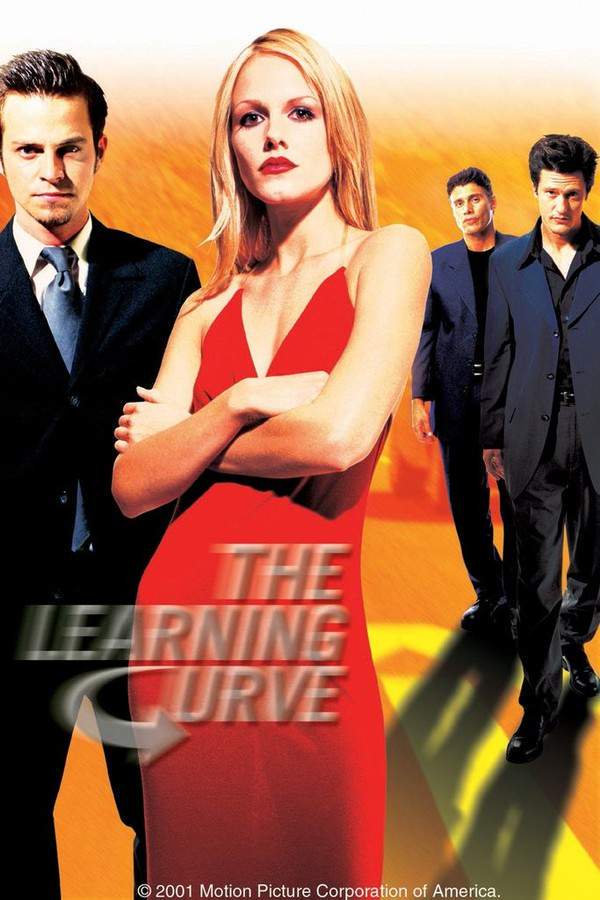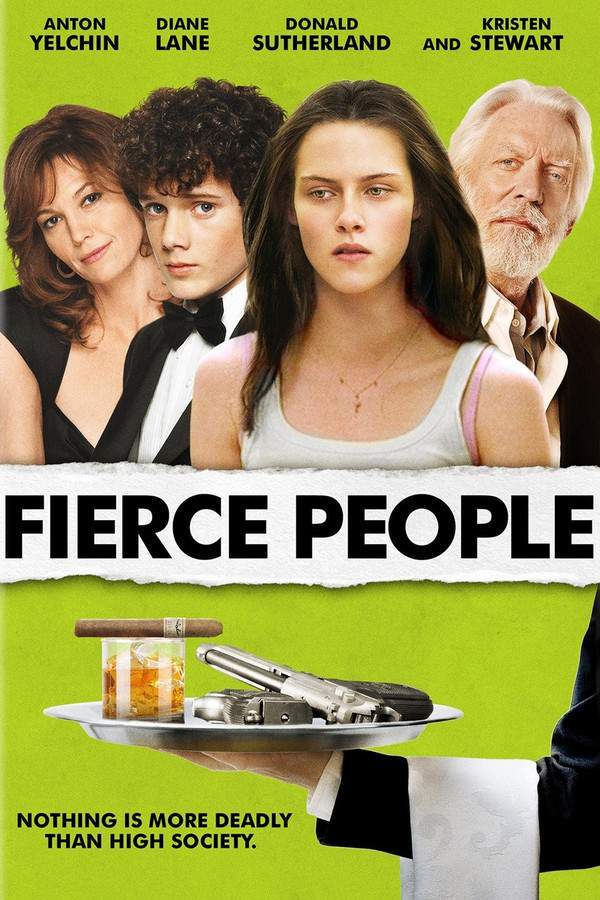
Day Out of Days
Year: 2015
Runtime: 80 mins
Language: English
Director: Zoe Cassavetes
In Los Angeles, a 40-year-old actress works to make it in the cutthroat business of Hollywood while contending with ever-youthful competition.
Warning: spoilers below!
Haven’t seen Day Out of Days yet? This summary contains major spoilers. Bookmark the page, watch the movie, and come back for the full breakdown. If you're ready, scroll on and relive the story!
Day Out of Days (2015) – Full Plot Summary & Ending Explained
Read the complete plot breakdown of Day Out of Days (2015), including all key story events, major twists, and the ending explained in detail. Discover what really happened—and what it all means.
Mia Roarke, Alexia Landeau, is an actress who climbs to a personal and professional high after starring in the period piece Wild Sunset and getting engaged to her co-star, Liam Alessandro Nivola. The celebration feels bright and earned, yet the passage of ten years has brought weathered edges: a divorce from Liam and a career that refuses to settle into easy predictability. The world that once seemed shiny and certain now flickers with the harsher truths of show business, where every audition can be a wound and every reputation a fragile shell waiting to crack.
Her agent pushes her toward fresh opportunities, and Mia lands an audition that jolts her back into the strange, paradoxical space between possibility and vulnerability. In a hotel room, director Dag Eddie Izzard tries to push the moment into a drug-fueled edge, urging her to take coke and even forcing her into the bathroom to shower. The encounter is unsettling, a sharp reminder that the entertainment industry can blur consent with coercion, glamour with control. When Mia leaves the hotel, she runs into Liam again, the man who once loved her and now treads a complicated line between affection and distance. He drives her home, and their exchange is tender in its own way, complicated by the fact that their engagement to a model named Elle is stated but not guaranteed—an echo of the unsettled future that shadows both of them.
Back in the neighborhood, Mia’s world expands with the presence of Charlie Riley, Mia’s neighbor and friend, depicted as Charlotte “Charlie” Riley. Christa B. Allen steps into this role, and the two women share a sense of camaraderie punctuated by ambition and the pressure to stay relevant. Charlie books a pilot and helps curate an audition for Mia to play the mother to Charlie’s character, a role that would anchor Mia once more in a demanding, high-stakes narrative. The possibility feels thrilling—until it doesn’t. The casting process becomes a mirror that reflects Mia’s insecurities and the shifting sands of who gets to define a successful comeback.
Meanwhile, Jen, Mia’s friend, Myndy Crist enters the frame as someone who tries to support Mia by setting her up with a recovering alcoholic who cleans pools. The encounter is awkward and bristling, and the man’s blunt insult—suggesting Mia isn’t as attractive as she once was—lands with a sting that digs past the surface and into the question of self-worth in a career that prizes youth and novelty. These social stumbles contribute to Mia’s growing sense that the old privileges she once enjoyed have dissolved, replaced by a more careful, perilous balance of image, opportunity, and inner resolve.
The tug-of-war with professional control culminates on the set of a zombie thriller, where the production’s demands collide with Mia’s instincts. On the reshoots, Tark, played by Vincent Kartheiser, becomes a particular source of friction as Mia debates how to shoot a car crash scene. The director’s approach feels invasive and dismissive of Mia’s perspective, and he uses personal digs about her life and romance to undermine her. After a clash that leaves her humiliated, she ultimately yields to his direction, choosing to perform the scene his way in order to salvage the moment and keep her career moving forward. It’s a stark illustration of how performance can require a compromise between personal truth and professional necessity.
The day’s emotional toll continues through dinner with her mother, Kathy, a former manager who still keeps pictures of Mia and Liam around her apartment. Melanie Griffith embodies a figure who represents both pride and pressure, someone who knows the ups and downs of a girl who grew up in front of cameras and is now navigating the tougher terrain of adulthood in the spotlight. After a day of drinking, Mia dials Liam and they meet at a bar. Warmth flickers at first, then becomes a composite of nostalgia and fragility as Mia misreads his warmth and attempts a kiss that is captured on camera and posted online. The clip becomes a public humiliation, and while some insist the notoriety could help her career, Mia feels exposed and vulnerable in a way that cuts deeper than any audition room.
Yet within this bruising cycle lies a surprising pivot. The horror project with Tark tests well, and the studio expresses an appetite for sequels that would extend Mia’s influence and grant her directorial input over the continuations. The promise of creative control arrives like a lifeline—a chance to steer the narrative, to redefine her public identity, and to demonstrate that she can shape the very genre that has long defined how others see her. In moments of celebration and ambition, Mia holds on to the possibility that she can transform notoriety into art, power, and personal sovereignty.
As the plot threads tighten, Mia makes strategic decisions about what to keep and what to let go. She returns to the pawn shop to retrieve some jewelry she pawned when money grew tight, a small act that symbolizes a wish to reclaim pieces of her past. She contemplates reclaiming her engagement ring from Liam but ultimately chooses not to, acknowledging that some commitments have shifted beyond repair or return. The final stretch of the day culminates in a chance encounter: stepping out of the pawn shop, Mia collides with a man she does not recognize, a driver she once knew on the set of her film with Tark. He recognizes her in a way that unsettles her but also hints at a persistent, eerie link between the life she narrates on screen and the life she actually leads off camera.
This is a story of ascent and abrasion, where success feels both exhilarating and perilous. It is about the way one woman negotiates a crowded industry that constantly tests the boundaries between desire, art, fame, and self-preservation. The film follows Mia as she navigates private longing and public performance, the temptations of instant validation, and the stubborn, often painful, insistence on remaining true to oneself even when the spotlight is blinding. In moments of vulnerability, resilience, and sharp wit, she discovers that the path back to prominence is not a straight line but a negotiation—one that demands courage, cunning, and a willingness to redefine what it means to be seen.
Overall, this narrative crafts a nuanced portrait of a career on a tightrope, balancing personal history, professional ambition, and the evolving meaning of success in an industry that never stops watching. The film expands a familiar arc into a layered exploration of ambition, consent, agency, and the ongoing quest to reclaim one’s voice in a world that always wants to hear more, even when it asks for less.
Last Updated: October 09, 2025 at 15:54
Explore Movie Threads
Discover curated groups of movies connected by mood, themes, and story style. Browse collections built around emotion, atmosphere, and narrative focus to easily find films that match what you feel like watching right now.
Movies about midlife career struggles like Day Out of Days
Character-driven stories of grappling with ambition and fading youth in a competitive world.If you were moved by the professional anxieties in Day Out of Days, this collection features similar movies about characters navigating midlife career crises. These stories capture the bittersweet reality of ambition clashing with age and a changing world, perfect for viewers seeking melancholic dramas about professional identity and resilience.
Narrative Summary
Stories in this thread typically follow a protagonist navigating a professional crisis or period of stagnation in midlife. The narrative is often built from a series of minor setbacks and humiliations that test their resilience, leading to a climax that involves a reevaluation of their ambitions and a compromised, often bittersweet, resolution that acknowledges both loss and a new, pragmatic form of hope.
Why These Movies?
These movies are grouped by their shared focus on the emotional weight of a career in transition. They possess a melancholic tone, steady pacing that allows for character reflection, and a medium intensity that comes from relatable, cumulative pressures rather than high-stakes drama. The central theme is the struggle to maintain self-worth and creative control within an unforgiving system.
Movies about cutthroat industries like Day Out of Days
Stories that reveal the anxious vulnerability behind the glamour of competitive industries.For fans of Day Out of Days who appreciated its look inside the harsh realities of Hollywood, this section highlights similar movies about the dark side of competitive industries. These films share a steady, unsettling vibe, exploring themes of consent, coercion, and the fight for self-worth within glamorous but ruthless systems.
Narrative Summary
Narratives in this thread often use a slice-of-life or episodic structure to chronicle a protagonist's journey through a demanding system. The conflict arises from the inherent power imbalances and ethical gray areas of the world itself. The protagonist's arc is less about overt victory and more about navigating coercion, preserving dignity, and understanding the rules of a game stacked against them.
Why These Movies?
These films are connected by their setting within a competitive, often exploitative industry that serves as the primary antagonist. They share a specific mood blend of anxiety and unsettling revelation, a steady pacing that builds tension through systemic pressure rather than action, and a common thematic focus on power dynamics, consent, and the loss of creative control.
Unlock the Full Story of Day Out of Days
Don't stop at just watching — explore Day Out of Days in full detail. From the complete plot summary and scene-by-scene timeline to character breakdowns, thematic analysis, and a deep dive into the ending — every page helps you truly understand what Day Out of Days is all about. Plus, discover what's next after the movie.
Day Out of Days Timeline
Track the full timeline of Day Out of Days with every major event arranged chronologically. Perfect for decoding non-linear storytelling, flashbacks, or parallel narratives with a clear scene-by-scene breakdown.

Characters, Settings & Themes in Day Out of Days
Discover the characters, locations, and core themes that shape Day Out of Days. Get insights into symbolic elements, setting significance, and deeper narrative meaning — ideal for thematic analysis and movie breakdowns.

Day Out of Days Spoiler-Free Summary
Get a quick, spoiler-free overview of Day Out of Days that covers the main plot points and key details without revealing any major twists or spoilers. Perfect for those who want to know what to expect before diving in.

More About Day Out of Days
Visit What's After the Movie to explore more about Day Out of Days: box office results, cast and crew info, production details, post-credit scenes, and external links — all in one place for movie fans and researchers.



